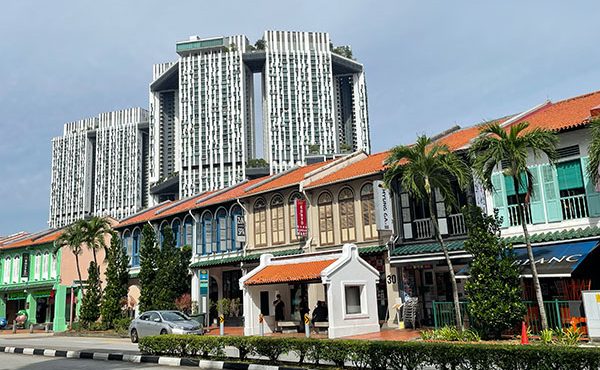

Editor: Timothy Beatley (Island Press, 2012)
Green Cities of Europe disproves the notion that the antiquity of Europe makes analysing its successes irrelevant to North Americans. Editor Timothy Beatley gathers professionals and policy makers from European cities small and large, north and south to detail how politics and planning can successfully align to create more sustainable cities.
Using concrete policies and on-the-ground examples, this book demonstrates that greener cities are not necessarily born of transit systems, density targets and GHG measures. They are cities that understand the ideals of their people and then create and implement green strategies that reflect that ethos. Beatley and his contributors affirm that there is no room for ‘business as usual’ politics, any city can take steps to improve liveability and be more green.
Showcasing seven cities, Green Cities of Europe highlights large-scale policy directions and small-scale programs that can be adapted to fit any local context. For example the City of Freiburg is highlighted for setting land-use policy that maximizes air circulation. Utilizing its proximity to Germany’s Black Forest, building height and design is controlled within their ‘clean air corridors’, making use of natural air streams to help cleanse the city’s atmosphere. In Helsinki, cycle routes are converted to cross-country ski trails in the winter, and are methodically maintained to encourage active transportation.
Many of the cities selected are not in popular discussions about sustainability. In fact, only 3 of the selected cities rank in the top 10 of Siemen’s European Green City index (Copenhagen, Helsinki, and Paris sneaking in at number 10). The diversity of examples provides refreshing insight into the challenges of improving liveability faced by cities.
In its need to balance environmental sensitivity with self-preservation, the sinking City of Venice, for example, faces one of the greatest challenges explored in this book. Buoyancy floodgates have been constructed between the city’s lagoons and the ocean to control flood levels on demand without permanently compromising natural aquatic systems.
As you would expect of any chronicle of sustainability, the themes of improving transportation and encouraging mode share, enhancing green space and protecting habitat, promoting local food production and developing affordable housing, and incorporating pedestrian oriented urban design into land-use regulation are thoroughly explored through each city’s account of policy and programs. And thorough is the key word. This book is not your beginners guide to community greening, it is a detailed, and often number heavy account of policies that work.
According to Beatley and his collaborators, the successes of the case study cities can be pinned in two things: innovative leaders or policy makers and involved citizens. Involving the public in program creation and implementation allows citizens to be champions of green strategies. From supporting existing grassroots operations—such as Guerilla Gardening in Paris—to mandating a public hearing period of at least two month in Copenhagen, the public is a key tool to help city officials understand how best to enhance social life, create sense of place and promote social interaction through green processes.
They suggest starting with what’s easy by creating clear policies that make sense to people and using methods already in one’s arsenal, such as assigning a specific portion of income tax or development cost charges towards transit or green space improvements.
Appealing to the masses is also of great importance. Copenhagen has a strong bike culture, therefore it is not surprising that cycle policy is a backbone of their green campaign. The Spanish, on the other hand, are culturally inclined to stroll, thus green space programs in Vitoria-Gasteiz utilize the public as watchdogs over ecologically significant areas along walking paths.
This book correctly asserts that strategies that reflect what is important to local citizens are the most likely to succeed. Green Cities of Europe is not only an account of sustainability success stories, it is a guide for developing more efficient green policy.
***
Anya Paskovic is an urban planner, Vancouver flâneur and world traveller interested in public spaces, urban design and community planning. By continuously questioning the relationship between people and place – places we love, we tolerate and we ignore – Anya seeks to create functional and engaging environments that reflect community values and respect the natural environment.



